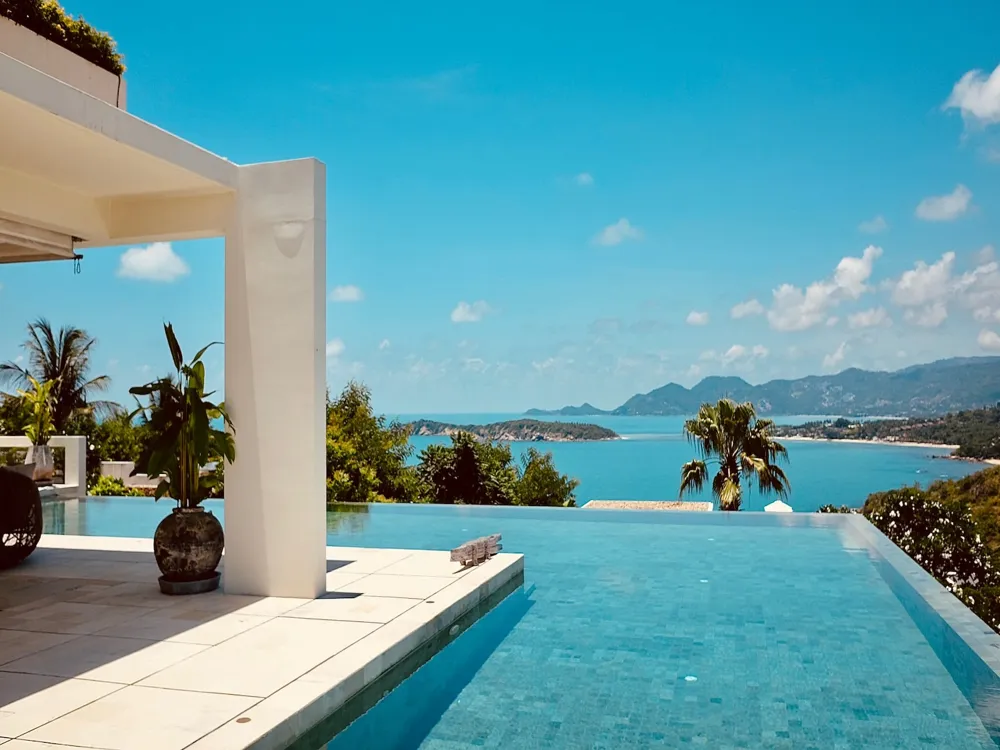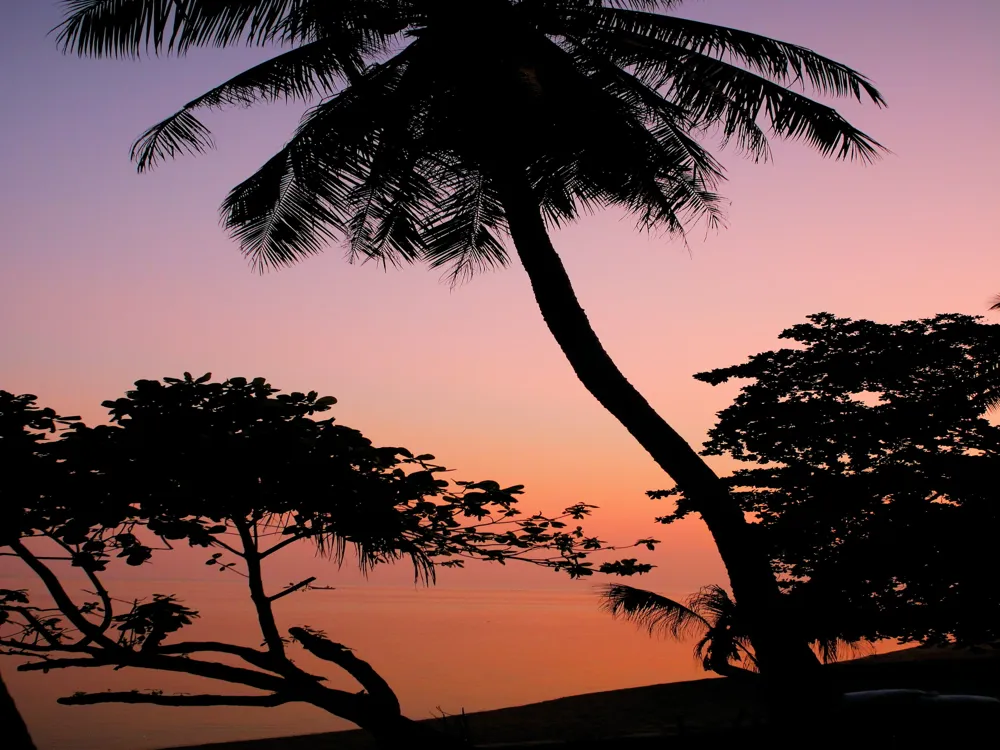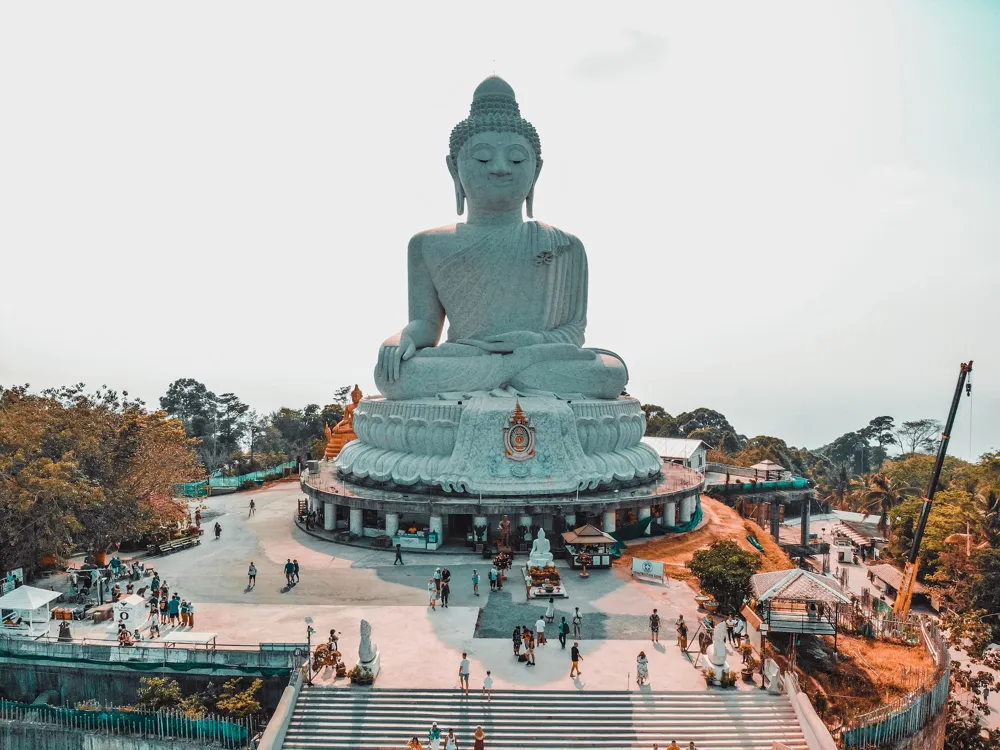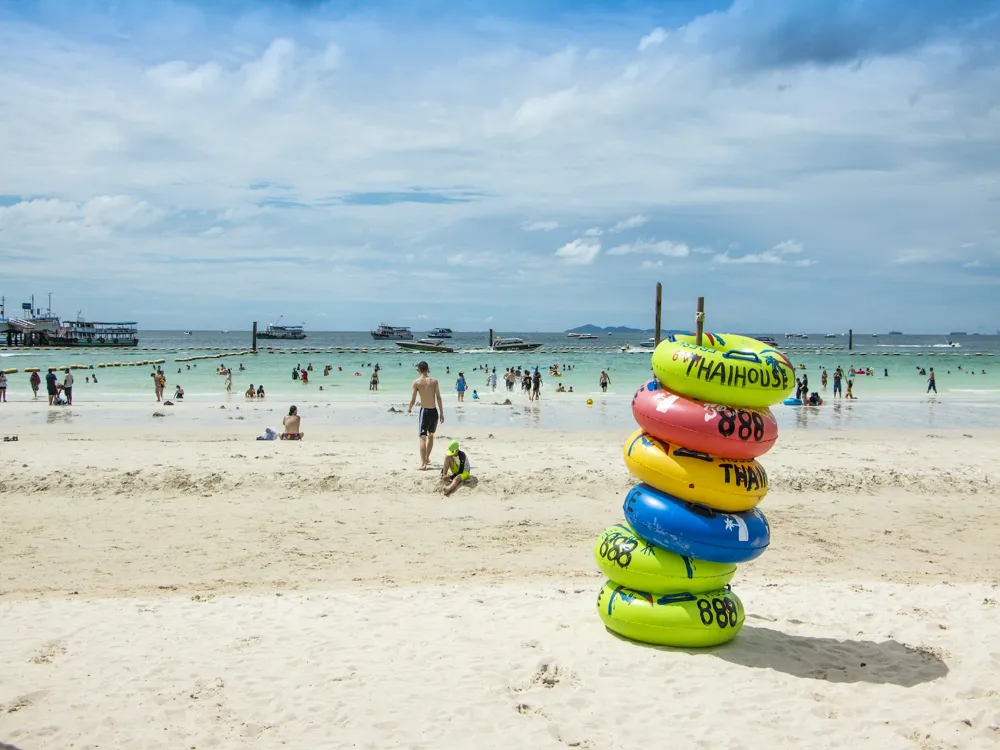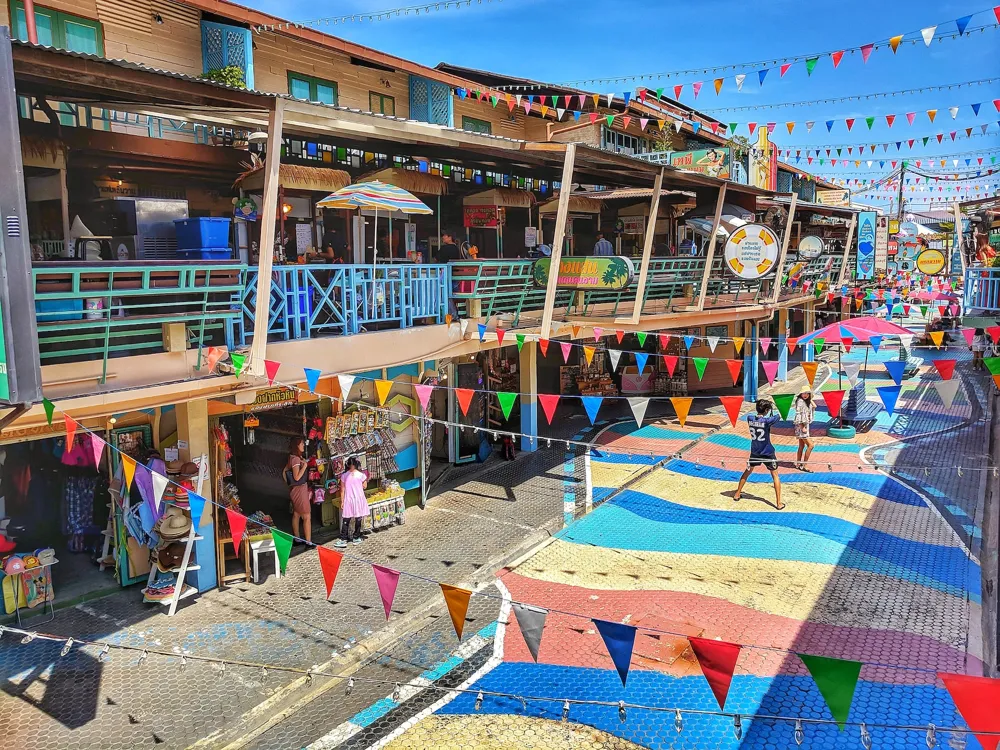Nestled in the lush landscapes of Koh Samui, Baobab stands as a testament to the island's rich cultural and natural heritage. This iconic tree, known for its unique structure and longevity, has become a symbol of strength and resilience in the tropical paradise of Thailand. The Baobab in Koh Samui is not just a natural wonder but a beacon that draws visitors from across the globe, offering a blend of scenic beauty, spiritual tranquility, and a deep connection with nature. The Baobab tree, often referred to as the 'Tree of Life,' is native to the African savannah but has found a welcoming home in the tropical climate of Koh Samui. These majestic trees can live for thousands of years, making them living witnesses to the passage of time. Their thick, fire-resistant trunks and sparse, leafy canopies provide a stark contrast to the surrounding palm trees, creating a landscape that is as unique as it is picturesque. The importance of Baobab goes beyond its visual appeal. It plays a crucial role in the local ecosystem, providing habitat and nourishment for a variety of wildlife. The tree's fruit, known as 'monkey bread,' is rich in nutrients and has been used in traditional medicine for generations. The Baobab's presence in Koh Samui also symbolizes the island's commitment to preserving its natural wonders while fostering sustainable tourism practices. When visiting Koh Samui, the Baobab is a must-see attraction for nature enthusiasts, photographers, and anyone looking to experience the serene beauty of this tropical paradise. Its distinct shape and grandeur make it a perfect backdrop for memorable photographs, while its shade offers a peaceful retreat from the tropical sun. The tree’s location, often surrounded by vibrant local flora and fauna, provides a serene environment for meditation, relaxation, and a deep communion with nature. The Baobab in Koh Samui is a marvel of natural architecture, showcasing a blend of strength, endurance, and beauty. The tree’s architecture is characterized by its massive trunk, which can reach impressive diameters, and its sprawling branches that stretch out into the sky. The trunk's girth is not just for show; it serves as a water reservoir, allowing the tree to survive in harsh, dry conditions. This adaptation is a remarkable example of nature's ingenuity and a testament to the Baobab's resilience. The architecture of the Baobab is marked by its unique bark texture, which ranges from smooth to rugged, and its color variations that span from gray to reddish-brown. This textural and chromatic diversity adds to the visual appeal of the tree, making it a subject of fascination for botanists and artists alike. The Baobab's branches, which can be as iconic as its trunk, grow in a twisted, irregular pattern, defying conventional tree shapes. This irregularity gives each Baobab a unique personality and presence. Interestingly, the Baobab's architecture changes with the seasons. During the dry season, the tree sheds its leaves, revealing the full splendor of its sprawling branches against the sky. In contrast, during the wet season, its canopy flourishes with lush, green leaves, providing a stark contrast to its thick, bulbous trunk. These seasonal transformations offer visitors a different experience depending on the time of their visit, making the Baobab a year-round attraction. The Baobab's root system is another architectural marvel. Unlike many trees, Baobab roots do not penetrate deeply into the ground. Instead, they spread out horizontally, forming a stable network that supports the tree's massive structure. This root system is a reflection of the tree's adaptability and its ability to thrive in various soil conditions, further highlighting its resilience and survival instincts. The best time to visit the baobab in Koh Samui is during the dry season, from December to February. During this period, the weather is pleasant, and the tree's leafless state allows for a clear view of its impressive architecture. For photography enthusiasts, the golden hours of sunrise and sunset offer the best light for capturing the Baobab's grandeur. Experiment with different angles to highlight the tree's unique structure. While visiting, it's crucial to respect the natural environment. Avoid littering and refrain from damaging the tree or its surroundings. Keeping the area pristine helps preserve its beauty for future visitors. Take the opportunity to learn about the local culture and the significance of the Baobab to the community. Engaging with locals can enrich your visit with fascinating stories and insights. Stay hydrated and protect yourself from the sun. The tropical climate can be challenging for those not used to it, so taking necessary precautions is important. Reaching the Baobab in Koh Samui is straightforward. The island is well-connected by air, with frequent flights to Samui Airport from major cities. From the airport, visitors can hire a taxi or rent a vehicle to reach the Baobab. The journey offers a scenic drive through the island's lush landscapes, providing a glimpse into the tranquil beauty that Koh Samui is famous for. For those preferring public transport, there are local buses and songthaews (shared taxis) available, offering an affordable and authentic way to explore the island. Additionally, guided tours often include a visit to the Baobab, providing an informative and hassle-free experience. Read MoreOverview of Baobab in Koh Samui
Architecture of Baobab in Koh Samui
Tips When Visiting Baobab in Koh Samui
Best Time to Visit
Photography Tips
Respecting the Environment
Engaging with Local Culture
Health and Safety
How to Reach Baobab in Koh Samui
Koh Samui Tourism
Best Time to Visit Koh Samui
How to Reach Koh Samui
Things To Do Koh Samui
Baobab
Koh Samui
₹ 20,280 onwards
View koh-samui Packages
Weather :
Tags : Food & Drink
Timings : 8:30 AM - 6:00 PM
Entry Fee : No Entry Fee
Planning a Trip? Ask Your Question
Koh-samui Travel Packages
View All Packages For Koh-samui
Top Hotel Collections for Koh-samui

Private Pool

Luxury Hotels

5-Star Hotels

Pet Friendly
Top Hotels Near Koh-samui
Other Top Ranking Places In Koh-samui
View All Places To Visit In koh-samui
View koh-samui Packages
Weather :
Tags : Food & Drink
Timings : 8:30 AM - 6:00 PM
Entry Fee : No Entry Fee
Planning a Trip? Ask Your Question
Koh-samui Travel Packages
View All Packages For Koh-samui
Top Hotel Collections for Koh-samui

Private Pool

Luxury Hotels

5-Star Hotels

Pet Friendly









